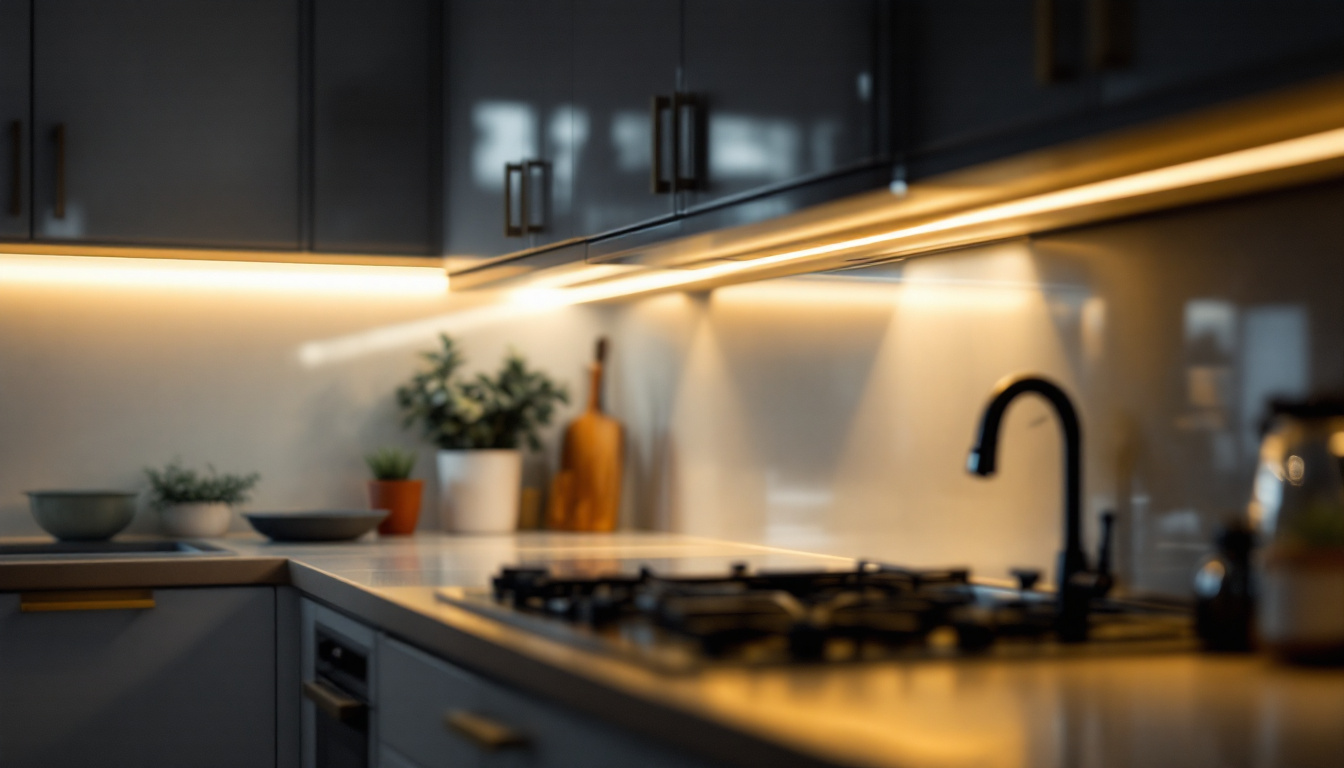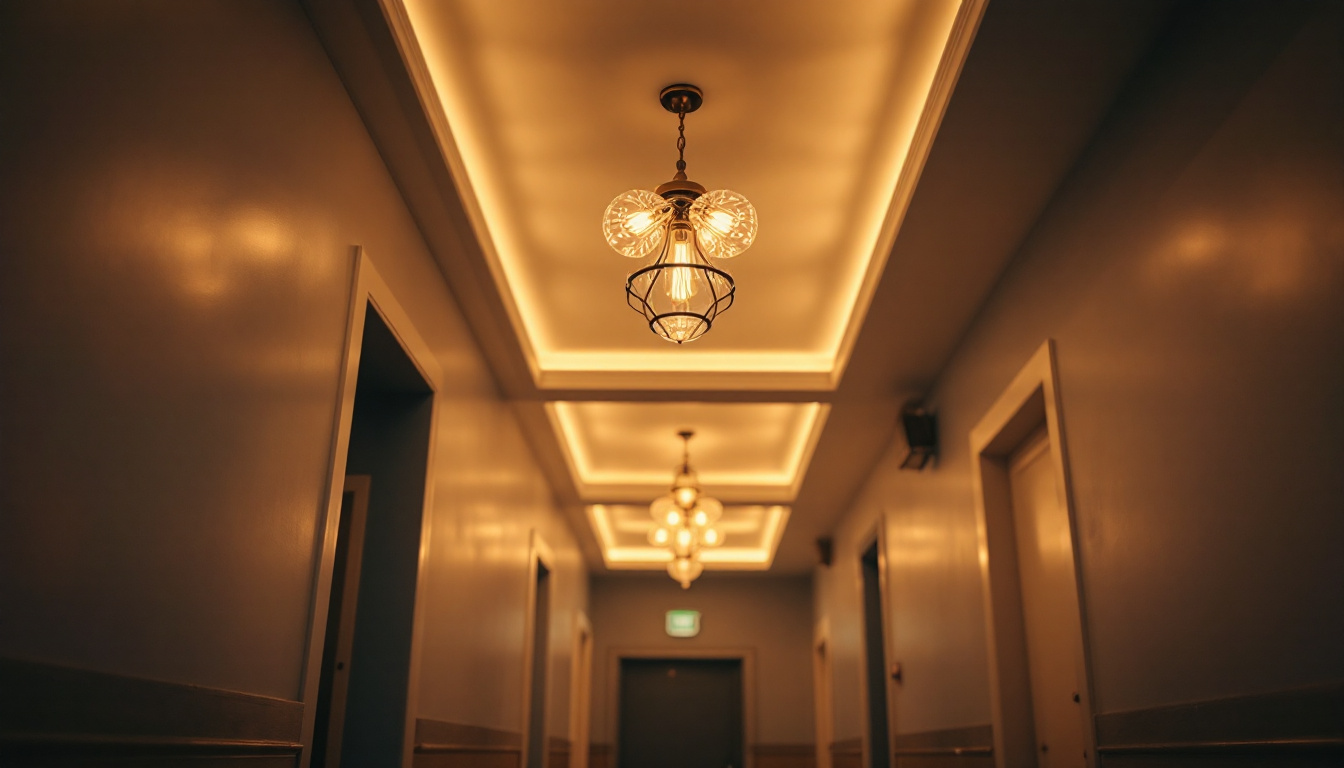
In the realm of electrical installations, particularly in lighting projects, the significance of wall power outlets cannot be overstated. These outlets serve as the backbone of any lighting system, providing the necessary power supply for various fixtures and devices. For lighting contractors, understanding the intricacies of wall power outlets is essential for ensuring efficient and effective installations.
Wall power outlets not only facilitate the operation of lighting fixtures but also play a critical role in the overall aesthetic and functionality of a space. A well-placed outlet can enhance the visual appeal of a room while ensuring that lighting is both practical and energy-efficient. This dual role makes it imperative for lighting contractors to have a comprehensive understanding of outlet placement, types, and installation techniques.
There are several types of wall power outlets that lighting contractors should be familiar with. Each type serves a specific purpose and can be utilized in various scenarios, depending on the project requirements.
Proper placement of wall power outlets is vital for maximizing the effectiveness of lighting installations. Contractors must consider several factors when determining outlet locations.
First and foremost, the intended use of the space should guide the placement of outlets. For instance, in a living room, outlets should be strategically placed to accommodate floor lamps, table lamps, and wall sconces. Additionally, the height at which outlets are installed can significantly impact their usability. Standard practice dictates that outlets should be installed approximately 12 to 18 inches above the floor, but this can vary based on specific project needs.
Another critical factor is the layout of the room. Lighting contractors should assess the room’s design and the position of furniture to ensure that outlets are accessible and do not interfere with the overall aesthetic. In open-concept spaces, for example, outlets should be placed to avoid creating visual clutter while still providing necessary power access.
Moreover, it is essential to consider the future needs of the space when planning outlet placement. As technology evolves, the demand for more outlets may increase, especially with the proliferation of devices that require charging. Anticipating these needs can prevent the inconvenience of having to retrofit additional outlets later on. Additionally, incorporating USB outlets can offer a modern solution to charging devices without the need for bulky adapters, further enhancing the functionality of the space.
Lastly, lighting contractors should also take into account local building codes and regulations regarding outlet placement and installation. Compliance with these codes not only ensures safety but also guarantees that the installation meets the necessary standards for electrical work. This knowledge is crucial for contractors to maintain professionalism and deliver quality work that stands the test of time.
Adhering to safety standards and regulations is paramount in any electrical installation project. Lighting contractors must be well-versed in the National Electrical Code (NEC) and local building codes that govern outlet installations.
The NEC outlines specific requirements for outlet placement, wiring methods, and safety measures to prevent electrical hazards. For instance, the code stipulates the minimum number of outlets required in various rooms and the necessary spacing between them. Failure to comply with these regulations can lead to unsafe conditions and potential legal ramifications for contractors.
Grounding and bonding are critical components of electrical safety that must be considered when installing wall power outlets. Proper grounding helps prevent electrical shocks and ensures that any fault currents are safely directed away from users.
Contractors should ensure that all outlets are properly grounded according to NEC guidelines. This typically involves connecting the outlet to a grounding wire that leads back to the main electrical panel. Additionally, bonding ensures that all metallic components of the electrical system are connected, reducing the risk of electrical shock.
Regular testing and maintenance of wall power outlets are essential for ensuring their continued safety and functionality. Lighting contractors should implement a routine inspection schedule to identify any potential issues, such as loose connections or damaged outlets.
Testing devices can be used to check the functionality of outlets and ensure they are properly grounded. This proactive approach not only enhances safety but also helps contractors build a reputation for quality and reliability in their work.
In today’s environmentally conscious world, energy efficiency has become a priority for many homeowners and businesses. Lighting contractors can play a pivotal role in promoting energy-efficient practices through the strategic use of wall power outlets.
One effective strategy is to recommend the installation of outlets that support energy-efficient lighting technologies, such as LED fixtures. These outlets can be equipped with dimmer switches or smart controls that allow users to adjust lighting levels based on their needs, ultimately reducing energy consumption.
As the demand for renewable energy sources continues to grow, lighting contractors have the opportunity to integrate these technologies into their projects. Wall power outlets can be designed to accommodate solar-powered lighting systems, providing an eco-friendly alternative to traditional electrical sources.
Contractors should educate their clients about the benefits of renewable energy options and how they can be seamlessly integrated into existing electrical systems. This not only enhances the sustainability of the project but also positions the contractor as a forward-thinking professional in the industry.
Energy management systems (EMS) are becoming increasingly popular in both residential and commercial settings. These systems allow users to monitor and control their energy usage, providing valuable insights into consumption patterns.
Lighting contractors can recommend the installation of smart outlets that are compatible with EMS. This integration enables users to track their lighting energy consumption in real-time, allowing for more informed decisions about usage and efficiency. By promoting these systems, contractors can help clients achieve significant energy savings while enhancing their overall lighting experience.
While functionality is paramount, the aesthetic appeal of wall power outlets should not be overlooked. In many cases, outlets can detract from the overall design of a space if not carefully considered. Lighting contractors have the opportunity to enhance the visual appeal of their projects by selecting stylish outlet designs that complement the decor.
Wall power outlets come in a variety of finishes and styles, ranging from traditional white plastic to sleek metallic options. Contractors should consider the overall design theme of the space when selecting outlet finishes. For instance, in a modern setting, brushed nickel or matte black outlets may be more appropriate, while classic white outlets may suit a traditional home.
Additionally, decorative outlet covers can add a unique touch to any room. These covers come in various designs, allowing contractors to customize the look of outlets to match the surrounding decor. This attention to detail can elevate the overall aesthetic of a lighting project.
In high-end residential projects, concealed outlets have gained popularity for their ability to maintain a clean and uncluttered appearance. These outlets can be installed within furniture, cabinetry, or even walls, providing power access without compromising the design.
Lighting contractors should explore options for concealed outlets in their projects, particularly in spaces where visual appeal is a priority. This approach not only enhances the aesthetic but also provides a practical solution for power access in areas where traditional outlets may be unsightly.
Successful lighting contractors understand the value of building strong relationships with their clients. One effective way to foster these relationships is through education. By informing clients about the importance of wall power outlets and their role in lighting installations, contractors can position themselves as trusted advisors.
Contractors should take the initiative to provide clients with resources that explain the various types of outlets, their uses, and best practices for installation. This information can empower clients to make informed decisions about their lighting projects, ultimately leading to greater satisfaction.
Additionally, offering guidance on energy-efficient practices and the benefits of renewable energy sources can further enhance the contractor-client relationship. Clients appreciate contractors who take the time to educate them, and this can lead to repeat business and referrals.
After completing a project, contractors should follow up with clients to gather feedback on their experience. This not only demonstrates a commitment to customer satisfaction but also provides valuable insights into areas for improvement.
By actively seeking feedback, contractors can refine their processes and better serve their clients in future projects. This commitment to continuous improvement can set a contractor apart in a competitive market.
In conclusion, wall power outlets play a pivotal role in the success of lighting contractors. From understanding the various types and placements to adhering to safety standards and promoting energy efficiency, contractors must be well-versed in all aspects of outlet installation. By prioritizing aesthetics and building strong client relationships through education and feedback, contractors can enhance their reputation and grow their business.
As the industry continues to evolve, staying informed about the latest trends and technologies related to wall power outlets will be essential for lighting contractors. Embracing innovation and maintaining a commitment to quality will ultimately pave the way for long-term success in the competitive lighting market.
Ready to elevate your lighting projects to new heights? At LumenWholesale, we provide lighting contractors like you with the highest quality, spec-grade lighting products at prices that can’t be beaten. Say goodbye to local distributor markups and hello to our extensive selection that meets rigorous industry standards. We’re committed to ensuring you have access to reliable, high-performance lighting solutions for every installation. Plus, with free shipping on bulk orders, you can stock up on premium lighting essentials without worrying about hidden fees or compromises. Don’t miss out on the perfect combination of quality, affordability, and convenience. Visit LumenWholesale today for Wholesale Lighting at the Best Value, and take the first step towards a brighter, more successful future in lighting contracting.

Discover how dimmable under cabinet lighting can streamline projects for lighting contractors.

Discover the must-have ceiling lamps for hallways that every lighting contractor should know about.

Discover how concrete posts can revolutionize your outdoor lighting setup with energy-efficient solutions.

Discover innovative cost-saving strategies for lighting contractors with our comprehensive guide on hanging lamp brackets.